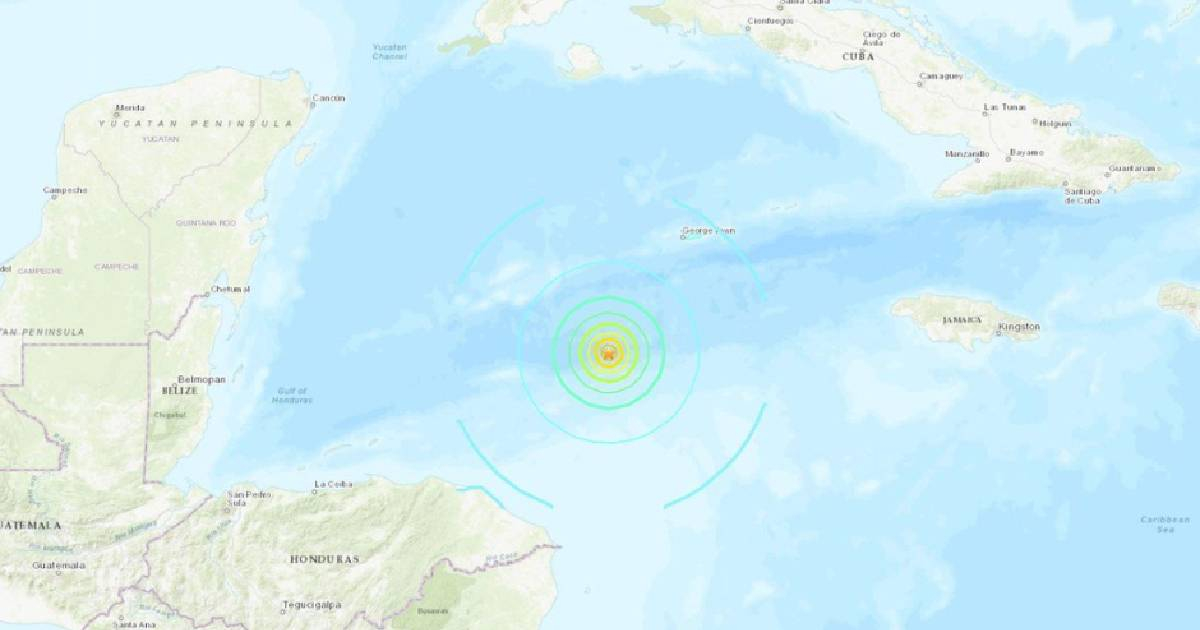The Cuban National Seismological Service announced on Sunday that there is no threat of a tsunami following a 7.1 magnitude earthquake in the Caribbean Sea, approximately 440 kilometers south of the Isle of Youth. Dr. Enrique Diego Arango, head of the National Seismological Service, informed state media that the earthquake occurred in an area characterized by vertical fault lines, which inherently prevents tsunami formation.
Continuous monitoring of the sea level has shown no significant changes, and historically, there have been no recorded instances of tsunamis linked to earthquakes in this particular fault zone. Initially, the earthquake was reported at a magnitude of 8.0, but after further analysis by multiple seismological stations, it was revised to 7.1.
The tremor was felt in several parts of western Cuba around 6:23 p.m., at a depth of 10 kilometers. It was notably perceptible in taller buildings from Cienfuegos to Pinar del Río. Authorities indicated that while tsunami warning protocols are automatically activated for earthquakes exceeding 7.0 magnitude, there was no actual threat in this instance.
As of now, there are no reports of human or material damage on the island, though minor aftershocks continue to be recorded.
Understanding the Earthquake's Impact on Cuba
Why was there no tsunami threat after the Caribbean earthquake?
The earthquake occurred in a region with vertical fault lines, which do not typically lead to tsunami generation. Additionally, historical data and real-time monitoring showed no sea level changes indicative of a tsunami.
How was the earthquake's magnitude adjusted from 8.0 to 7.1?
The initial magnitude was revised after further analysis by several seismological stations, which provided a more accurate measure of the earthquake's strength.
Were there any damages reported in Cuba due to the earthquake?
No human or material damages have been reported on the island following the earthquake, though minor aftershocks continue to occur.
